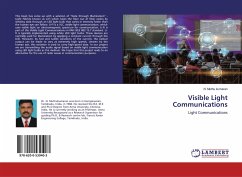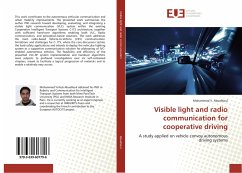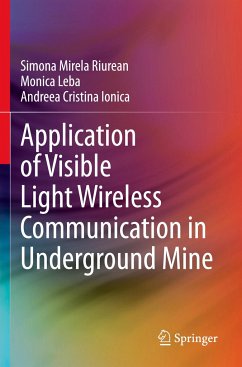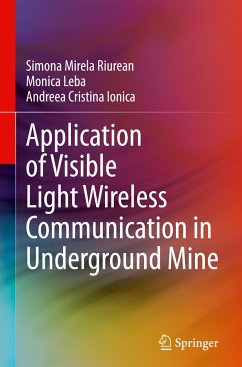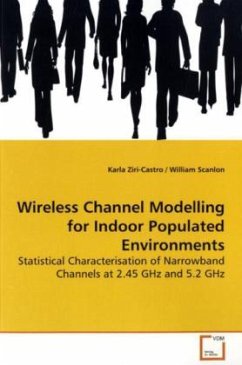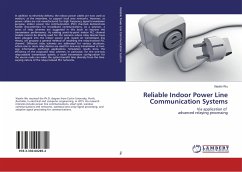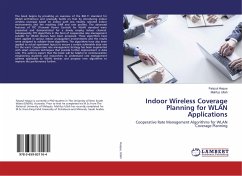
Visible Light Communication for Indoor Environments
Versandkostenfrei!
Versandfertig in 6-10 Tagen
43,99 €
inkl. MwSt.

PAYBACK Punkte
22 °P sammeln!
With the rapid increase in the number of multimedia-capable and internet-connected devices, there is an increasing need for further development of wireless technology in order to meet these demands. The most common means of data consumption are watching high-definition videos and accessing cloud-based services. Most of the data consumption has been observed to occur in indoor environments, where users consume data using their smart devices at their residence, in shopping malls, in aircraft, and in other vehicles. This high demand of data usage is expected to continue to grow in the foreseeable...
With the rapid increase in the number of multimedia-capable and internet-connected devices, there is an increasing need for further development of wireless technology in order to meet these demands. The most common means of data consumption are watching high-definition videos and accessing cloud-based services. Most of the data consumption has been observed to occur in indoor environments, where users consume data using their smart devices at their residence, in shopping malls, in aircraft, and in other vehicles. This high demand of data usage is expected to continue to grow in the foreseeable future. With highly-congested radio frequency bands, visible light communication (VLC) is considered to be a supplementary technology that can be used to bridge the gap between user demand and capacity. VLC uses light emitting diodes to accomplish illumination and data communication. VLC has shown potential to be an integral part of the upcoming 5G network.



